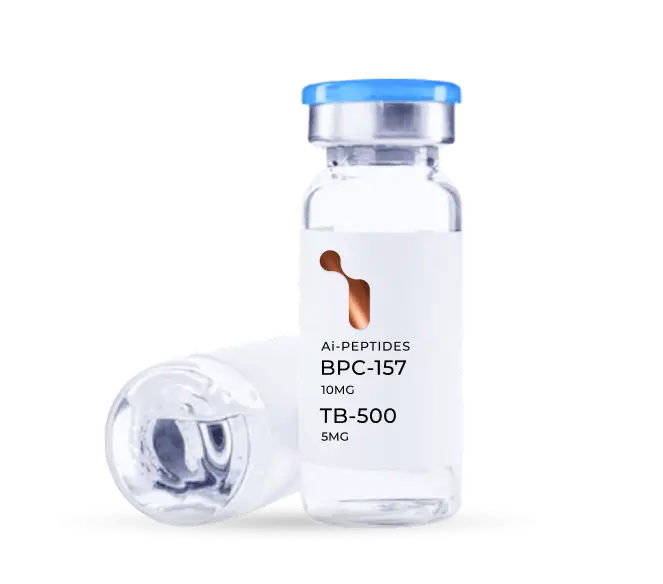The use of peptides to combat hair loss has gained traction in recent years and several have been studied for their potential to promote hair growth. These peptides work via several mechanisms, including stimulating the growth of hair follicles, altering hormone signaling, improving blood circulation to the scalp, and reducing inflammation. Among the peptides that are of interest to researchers investigating hair loss is TB 500. This peptide has generated some buzz in the scientific and medical communities due to its functional similarity to Thymosin Beta-4 and the fact that it is both easy and more affordable to produce. While initially investigated for its ability to promote hair growth, its applications in wound healing, injury recovery, and tissue regeneration have taken center stage. Recently, however, there has been a rise in research looking at the connection between wound healing and hair growth. This has led to renewed efforts to characterize TB 500 and its function.
Peptides like TB 500 offer promising possibilities for addressing various medical needs, from chronic wounds to musculoskeletal disorders and neurodegenerative diseases. The abilities of TB 500 to accelerate tissue healing, enhance wound closure, promote muscle repair, and support regeneration of neurological tissue in animal models are noteworthy. As a potent anti-inflammatory, TB 500 has a number of potential uses and thus a great deal of research has gone into understanding what it does and how it does it. Here is a look at how TB 500 is of interest to researchers attempting to understand hair growth and loss
What Causes Hair Loss?
Alopecia (another term for hair loss) can result from a variety of factors depending on the individual. In some cases, multiple factors may contribute to hair loss simultaneously. The most common cause of hair loss, in both men and women, is due to genetic factors that predispose a person to thinning hair. This is also known as androgenetic alopecia or male-pattern baldness. It tends to run in families and is characterized by a gradual thinning of hair usually on the crown of the head and at the hairline. Researchers know that this type of hair loss is caused by an interaction between the hormone dihydrotestosterone (DHT) and hair follicles that are genetically susceptible to its effects. DHT causes hair follicles to miniaturize over time, leading to shorter, finer, and less pigmented hair. Eventually, affected hair follicles may stop producing hair altogether. Interestingly, the propensity toward male-pattern baldness appears to be more closely related to a family history of baldness on the mother’s side.
Genetics are not the only cause of hair loss, however. Hormonal changes, medications, stress, nutritional deficiencies, and weight loss can all lead to hair loss. In the latter case, crash diets can lead to hair loss by inducing stress and causing nutritional deficiencies[1]. Addressing each of these conditions will often result in cessation of hair loss, but may not lead to hair regrowth. To encourage hair to regrow, additional steps need to be undertaken. To this point, science has only had relatively ineffective topical and oral medications to offer those suffering from hair loss. A better understanding of the hair follicle, however, is helping to change that.




